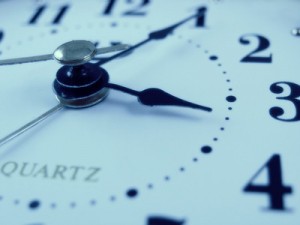Did you know?
• Energy comes from carbohydrate and fat.
• Dance mainly involves short bursts of high intensity activity that is fuelled by carbohydrates.
• Carbohydrates are stored in the muscle and liver as glycogen and these stores need to be replenished after training or performance, ideally in the first hour.
• Dancers need to get at least 50% of their energy from carbohydrate, not more than 30-35% from fat and 12-15% of energy from protein. This is slightly more carbohydrate and slightly less fat than a non-dancer would consume.
• Food is not just needed for energy, our bodies need a wide variety of vitamins and minerals, which are found in greater concentration in wholegrain foods and fruit and vegetables.
• The Eatwell plate is a good starting point for proportions of the different food groups in your eating plan and to check you have all the food groups covered.
• Make sure you are a ‘Five-a-Day Dancer’ (that’s at least five portions of fruit and salad/vegetables not 5 dance classes per day!)
 • Food eaten later in the day is no more ‘fattening’ than at other times despite popular myth. But starving all day and then eating at night is not healthy.
• Food eaten later in the day is no more ‘fattening’ than at other times despite popular myth. But starving all day and then eating at night is not healthy.
• 1 unit of alcohol is equivalent to 8g alcohol, which is equivalent to 25ml (a single pub measure) of spirits, 75-110ml (a small glass) of wine (depending on the strength), 180-280ml (⅓-½ pint) of beer (depending
on the strength), or 220ml (⅔ bottle) of Alco pop.
• Taking alcohol after an injury may worsen swelling and slow repair – it is advisable to avoid alcohol for 24 hours after muscle damage or soft tissue injury.
References
– Challis, J, 2014. Nutrition for Dancers, Dance UK Information Sheet, 12.
